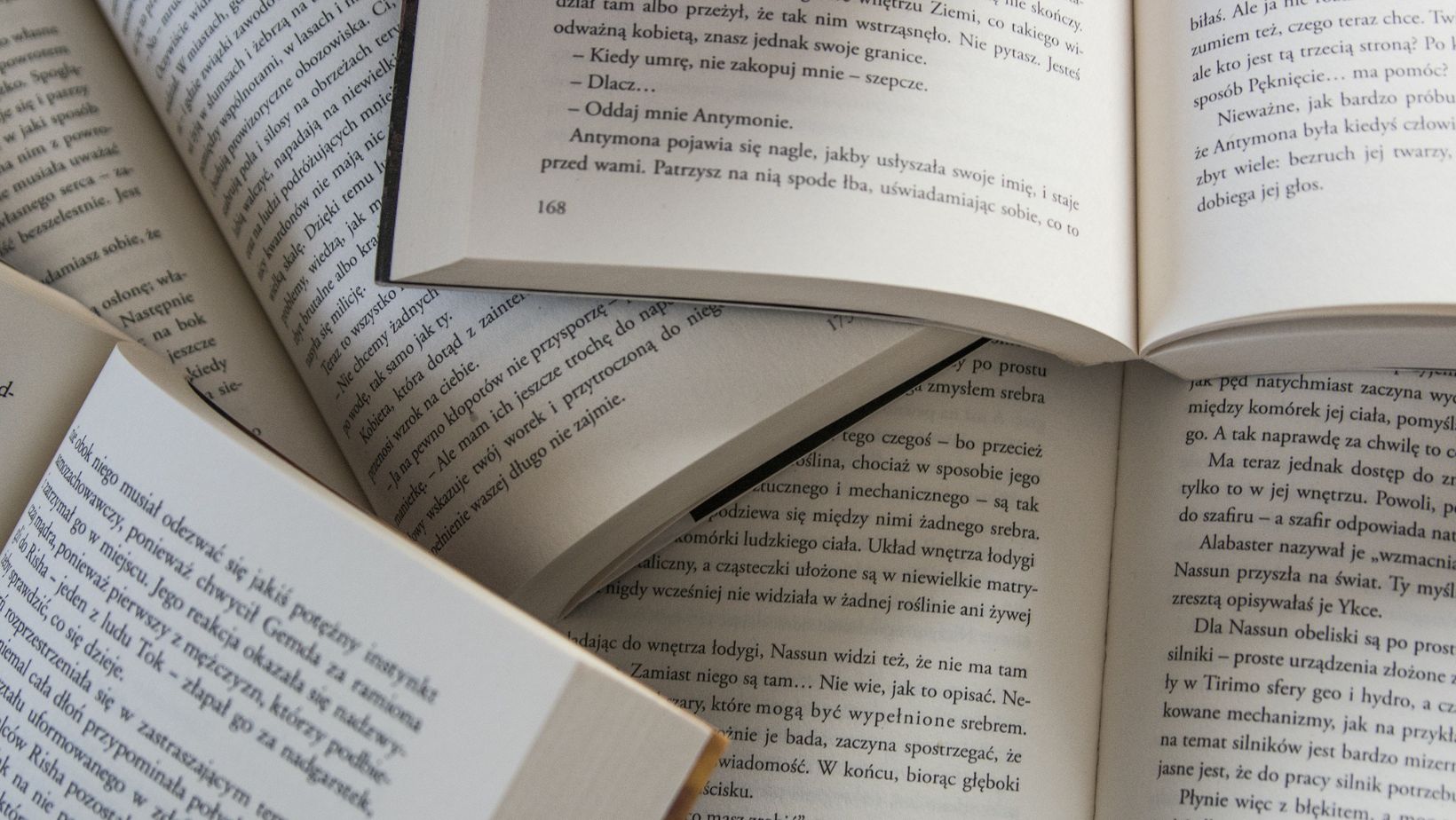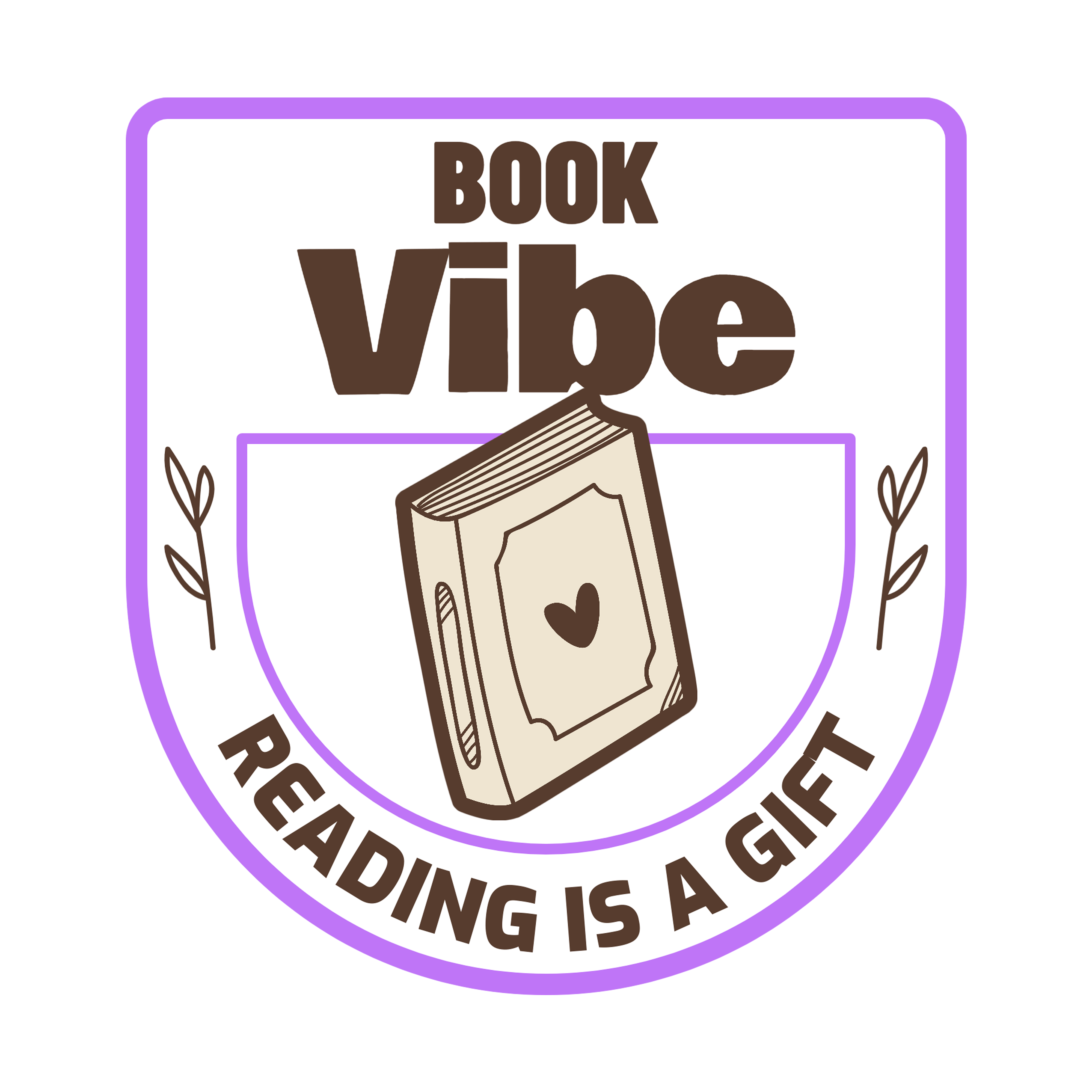
Our everyday lives are filled with routines and comforts we rarely question, but what if the familiar harbored hidden threats? Some books take readers on a gripping journey through thought-provoking works that expose unsettling truths buried in the mundane.
From food, technology, to consumer habits and social systems, these books peel back the surface to reveal what most overlook. Whether it’s the toxicity in our homes or the manipulative media, these eye-opening reads challenge our assumptions and encourage critical awareness.
In this article, we will discuss 5 books that prepare us to see the ordinary in an entirely new and more cautious light.
The Radium Girls by Kate Moore
This book is a haunting true story about the young women who worked in radium-dial factories in the early 20th century. They were encouraged to lick their brushes, which led to devastating health consequences.
As per ResearchGate, in the 1920s, lax regulations allowed radium to infiltrate American life from media to food. The US Radium Corporation hired thousands of young females in Illinois and New Jersey to polish glow-in-the-dark watches for the military. Despite knowing radium’s dangers, companies provided no protection, leading to widespread illness and death.
Moore’s powerful narrative highlights their courage as they fought for justice and exposed industrial negligence. The book is heartbreaking and inspiring, a must-read.
Silent Spring by Rachel Carson
It is a groundbreaking environmental science book that exposed the harmful effects of pesticides, particularly DDT, on ecosystems and human health. Published in 1962, it challenged the chemical industries and agricultural practices of those times.
Down To Earth recently reported that DDT and 11 other persistent organic pollutants have declined in people and the environment since 2004. All this happened because of Rachel’s work and global regulation. The world owes much to Rachel Carson, whose work exposed the hazards of pesticides.
Carson’s compelling prose and scientific rigor revealed how toxic chemicals were silencing nature, killing birds, pollinators, and contaminating water. Her work led to policy changes and the foundation of the US Environmental Protection Agency.
Exposure by Robert Bilott
Exposure is a gripping nonfiction account by environmental attorney Robert Bilott. He spent decades fighting one of the largest chemical companies in the world, DuPont. The book chronicles his discovery of how the company knowingly contaminated water supplies with toxic perfluorooctanoic acid (PFOA), a type of PFAS. This led to widespread health issues among unsuspecting communities.
According to TorHoerman Law, extended contact with PFAS chemicals may pose major health risks, such as kidney, bladder, and testicular cancer. Long-term exposure is also associated with thyroid disorders and weakened immune function.
The case Bilott revealed in Exposure shares striking similarities with the current firefighter foam lawsuit. Aqueous film-forming foam (AFFF), also containing PFAS chemicals, has been linked to serious health risks, like cancer. Both cases reveal the hidden risks of industrial chemicals and the difficult fight for justice that victims often endure.
With clear storytelling, Exposure reveals the truth about toxic contamination and the legal battles that drive public health reform. It’s a compelling read for those interested in how corporate negligence can quietly impact everyday lives.
The Circle by Dave Eggers
The Circle is a gripping dystopian novel that exposes the dark side of tech-driven transparency and surveillance.
According to the International Journal of Creative Research Thoughts, this novel explores the risks of modern technology and critiques our tech-obsessed culture. It acts as a cautionary tale, urging readers to reflect on the societal impact of digital surveillance and data control. The story follows Mae Holland as she climbs the corporate ladder, only to discover the cost of constant connectivity.
Eggers critiques the loss of privacy, the illusion of progress, and the cult-like culture of tech utopias. The novel serves as a chilling warning about the unchecked power of technology in modern life.
The Poison Squad by Deborah Blum
This book is a fascinating and disturbing account of America’s early fight for food safety. Centered on chemist Dr. Harvey Wiley, the book chronicles his tireless efforts in the early 1900s to expose dangerous adulteration activities..
According to Scientific American, it was common for people to unknowingly consume contaminated food in the 1800s. Milk was laced with formaldehyde, coffee made from ground bones and charred lead, and meat preserved with borax and salicylic acid. With little regulation, food safety was a major issue.

Wiley’s experiments and advocacy laid the groundwork for the FDA, which made this book a compelling look at science, politics, and consumer protection.
Frequently Asked Questions
Can fiction help us understand real-world problems?
Yes, fiction can expose real-world problems through relatable characters and compelling narratives. It allows readers to emotionally connect with complex issues in ways that data alone cannot. By presenting moral dilemmas and consequences in imagined settings, fiction fosters empathy and critical thinking. Often, it challenges readers to question societal norms and envision alternative futures.
Why do readers enjoy books about unseen threats?
Readers enjoy books about unseen threats because they tap into our natural curiosity and fear of the unknown. These stories create suspense and challenge perceptions of safety in everyday life. They also offer thrilling insights into hidden dangers, which makes readers feel informed, alert, and emotionally engaged.
What genres explore hidden dangers in everyday life?
Genres like dystopian fiction, investigative nonfiction, psychological thrillers, and environmental journalism often explore hidden dangers in everyday life. They reveal threats in technology, food, relationships, or social systems. These genres engage readers by exposing what lies beneath the surface, prompting awareness, reflection, and sometimes a call to action.
Reading Between the Lines: Awareness Through the Written Word
Books that uncover hidden dangers in everyday life do more than entertain; they enlighten. Whether fiction or nonfiction, these works prompt us to question what we take for granted and to see the familiar with sharper eyes.
By revealing overlooked risks and systemic flaws, they empower readers to think critically and make informed choices. Readers can become more conscious participants in the world around them.
